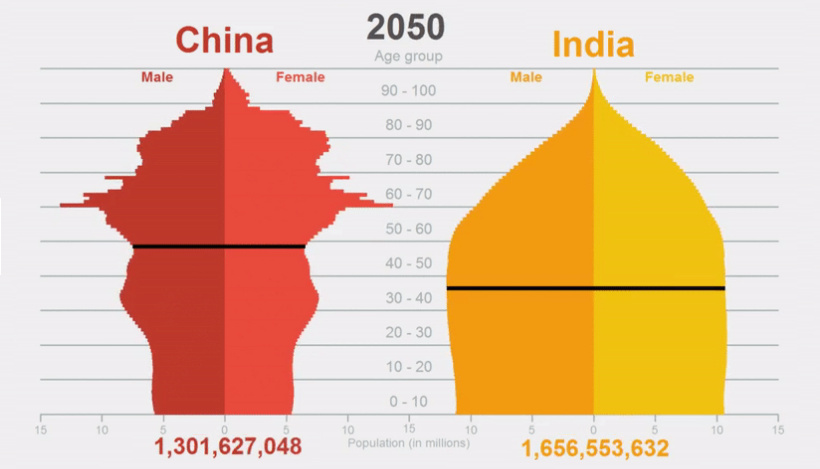Refiner goes belly-up after big payouts to Carlyle Group
NEW YORK (Reuters) - Throughout 2016 and 2017, a rail terminal built to accept crude oil for the largest East Coast refinery often sat idle, with few trains showing up to unload.
Although little oil flowed, plenty of money did.
Under a deal Philadelphia Energy Solutions (PES) signed in 2015, the refiner paid minimum quarterly payments of $30 million to terminal owner North Yard Logistics LP - even if little crude arrived. Much of that cash, in turn, flowed to the investors that own both PES and North Yard, led by the Carlyle Group, a global private equity firm with $178 billion in assets.
The deal in effect guaranteed lucrative payouts to Carlyle regardless of whether the refinery benefitted from the arrangement. When oil market conditions made the rail shipments unprofitable later that year, the refinery took heavy losses while its investors continued to collect large distributions for two more years.
The rail contract exemplifies the financial demands Carlyle imposed on PES in the years leading up to the refiner’s bankruptcy in January. The Carlyle-led consortium collected at least $594 million in cash distributions from PES before it collapsed, according to a Reuters review of bankruptcy filings. Carlyle paid $175 million in 2012 for its two-thirds stake in the refiner.



